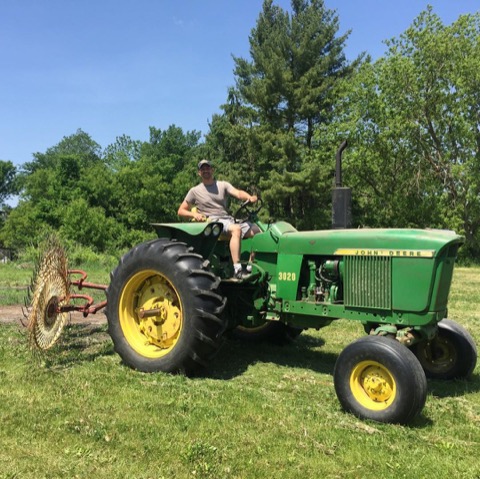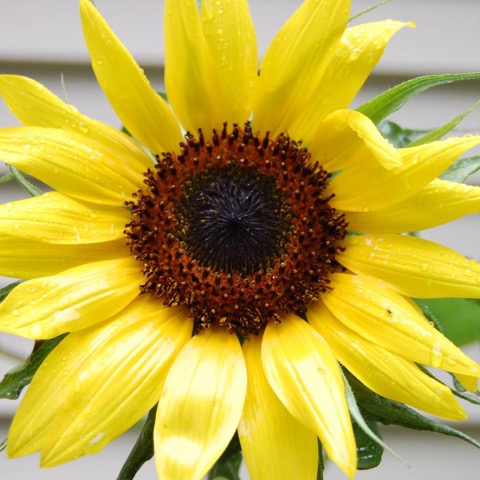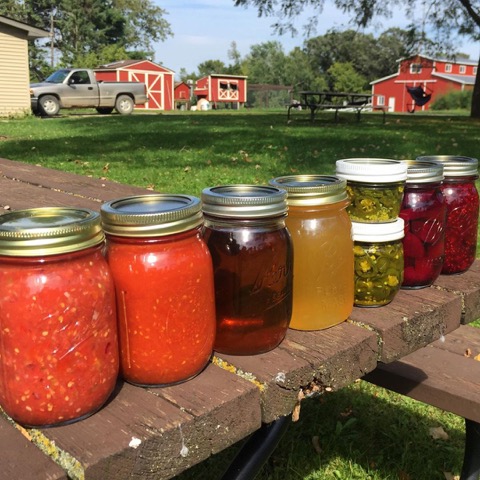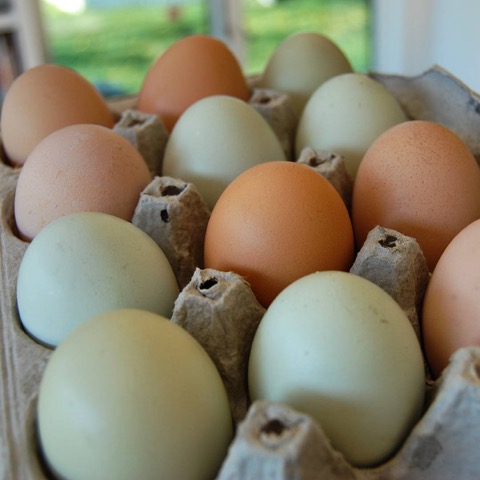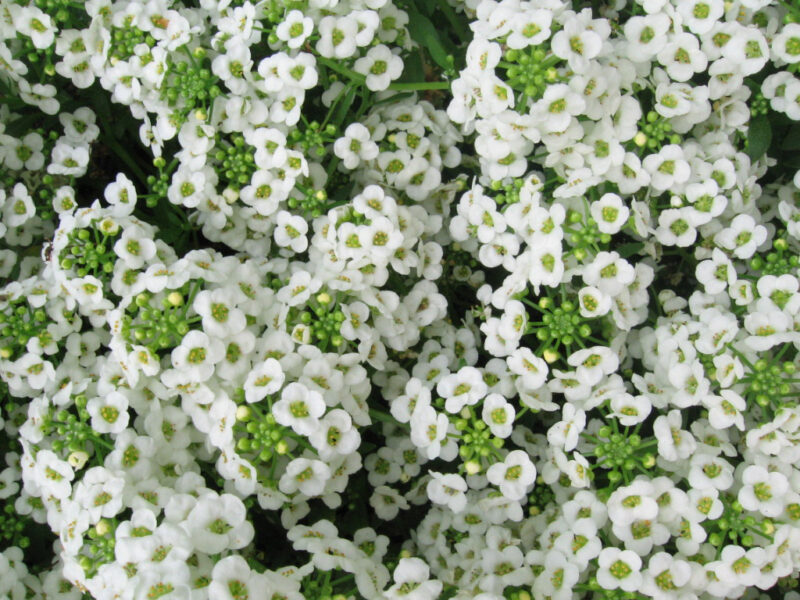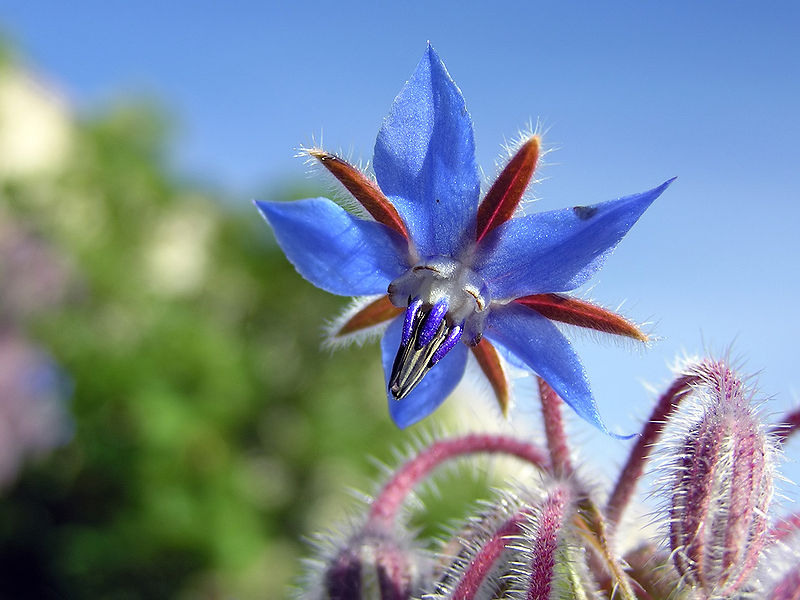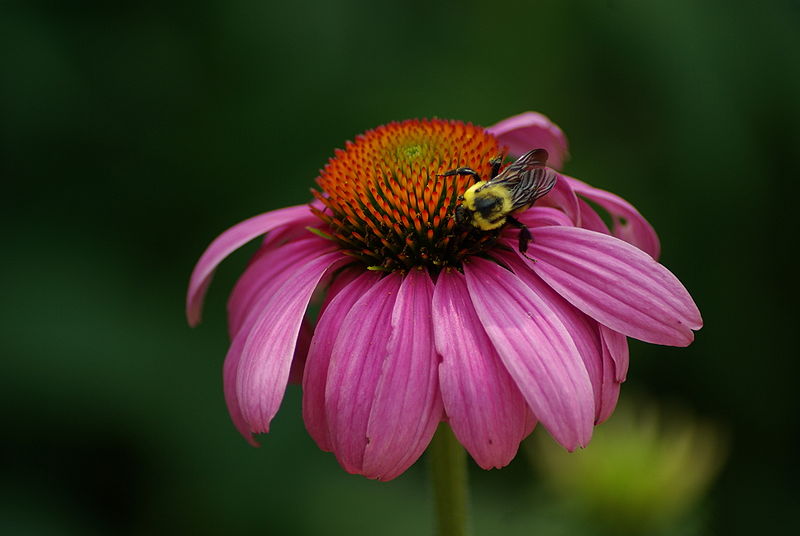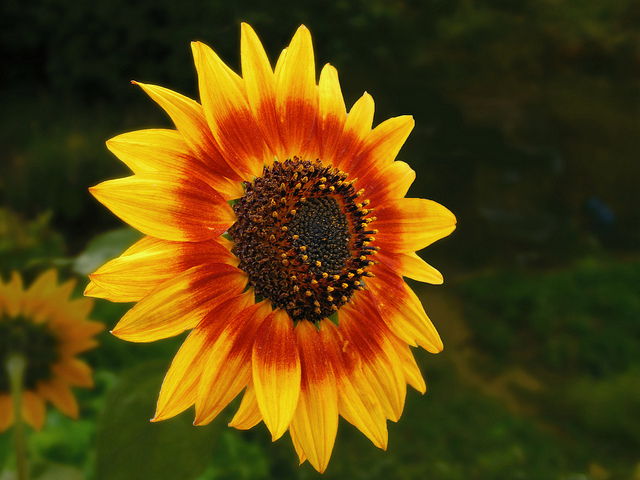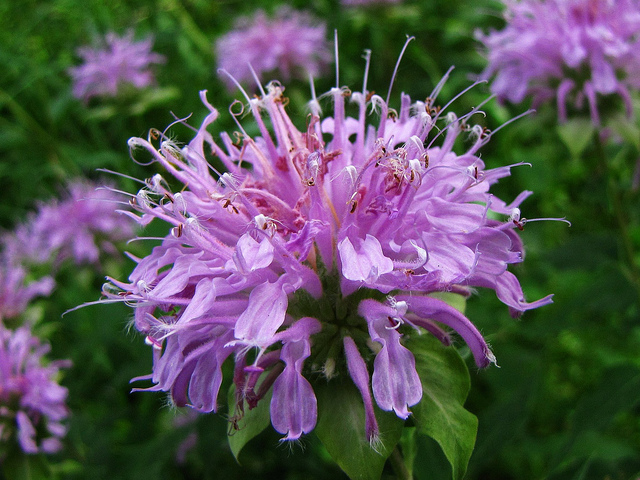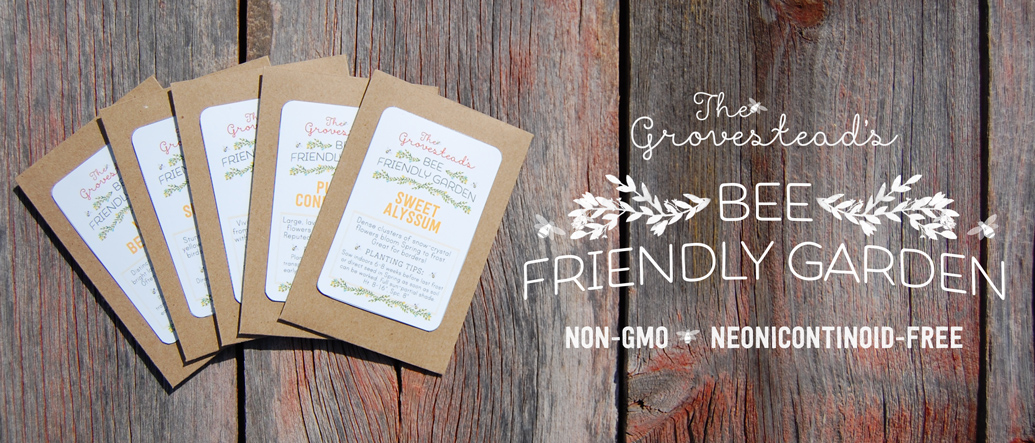
When we started beekeeping, we learned about the alarming rate at which honeybees were vanishing. As many as 30% of beekeepers’ hives are collapsing each year due to Colony Collapse Disorder (CCD). We received newspaper clippings and articles from concerned family and friends as well. People everywhere, it seems, are concerned about this growing problem. But what can be done? After losing both of our hives, we were motivated to do something.
The Bee-Friendly Garden is our small solution to the big problem of Colony Collapse. After lots of research we have assembled a collection of seeds that are specifically beneficial to honeybees. They were hand-picked for their visual aesthetic in the home garden and are verified to be non-GMO and neonicontinoid-free (meaning they are safe for honeybees). By planting these seeds you are helping to restore natural pollen and nectar habitats to honeybees that have been lost.
What’s Inside
Are you planting a bee-friendly garden? Send us your photos to include on this page!
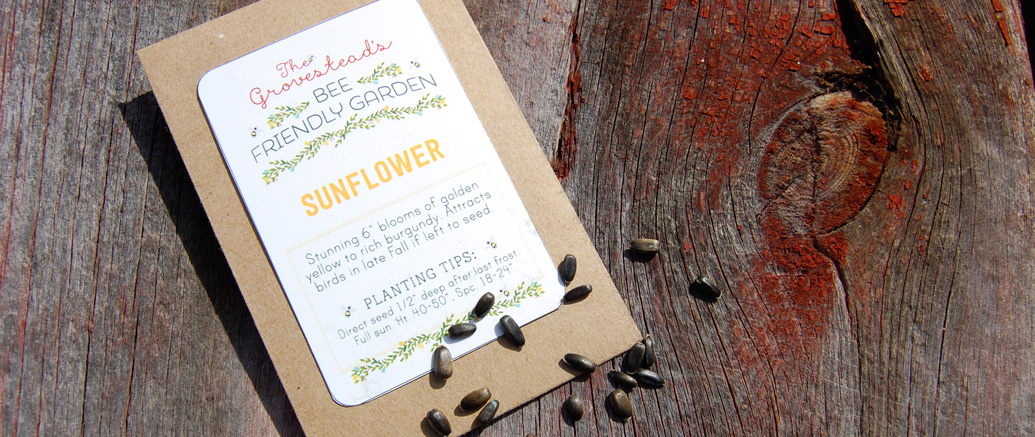
Q&A
-
Aren’t there already bee-friendly seed mixes?
Yes, there are many wildflower mixes that attract “beneficial insects”. Our seeds were specifically selected to attract honeybees, verified to be non-GMO and neonicontinoid-free, and packaged individually so you can plant your garden in whatever unique arrangement you wish.
-
Can I buy these seeds anywhere?
You may find some of these varieties at the local hardware store, but they are generally difficult to find. Further, we only carry neonicontinoid-free seeds so you can be sure you won’t inadvertently be harming the honey bee population.
-
I spend most of my time trying to avoid bees, why would I want to attract them?
Honey bees are known in gardening circles as beneficial insects because they perform necessary functions of pollinating flowers. Approximately one-third of the food we eat is dependent in part on bees for pollination. Without bees we wouldn’t have apples, onions, kiwi, blueberries, strawberries, cucumbers, broccoli, cauliflower, beets, bell peppers, watermelon, mustard, chestnuts, tangerines, coconut, coffee (!), cantaloupe, pumpkin, hazelnuts, avocado, pears, raspberries, sesame seeds, eggplant, cranberries, almonds and tomatoes to name a few. In short, bees are a gardener’s best friend.
Increasing the presence of bees in your garden will increase the yield of everything that flowers, including fruit. When we added two hives last summer, our raspberry patch produced the largest, most abundant crop we’ve ever had.
-
Will I get stung?
Not likely. Honeybees are among the most docile of bees and will almost never sting except in defense of the hive. Even professional beekeepers who dismantle active bee hives for a living often do not wear protective gloves or coats. Adding bee-friendly flowers to your garden will not increase your chances of getting stung unless the bees are roughly handled.
-
Is it too late to start seeds this time of year?
No, starting seeds later will only mean a shorter flowering period. As long as the temperatures are above freezing you can start any of the seeds at any time of the year. Some varieties like Purple Coneflower and Wild Bergamot are perennials and will come back year after year. Starting them late will help establish them for a strong second year.
-
Do I have to start seeds indoors?
No, our planting tips are for maximum flowering periods. If you do not have a south-facing window sill or growing lights you can wait until it warms up and plant directly outside.
-
Problem ordering?
Please contact us directly for help with ordering problems.







